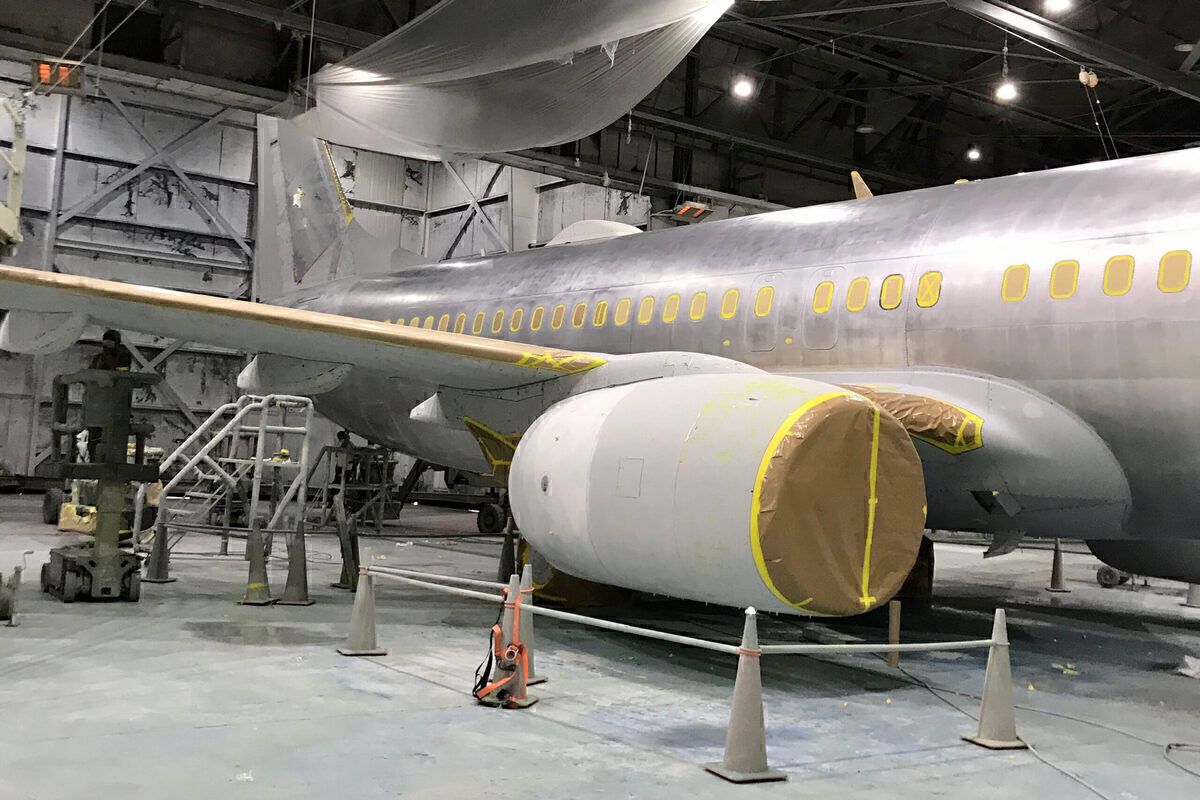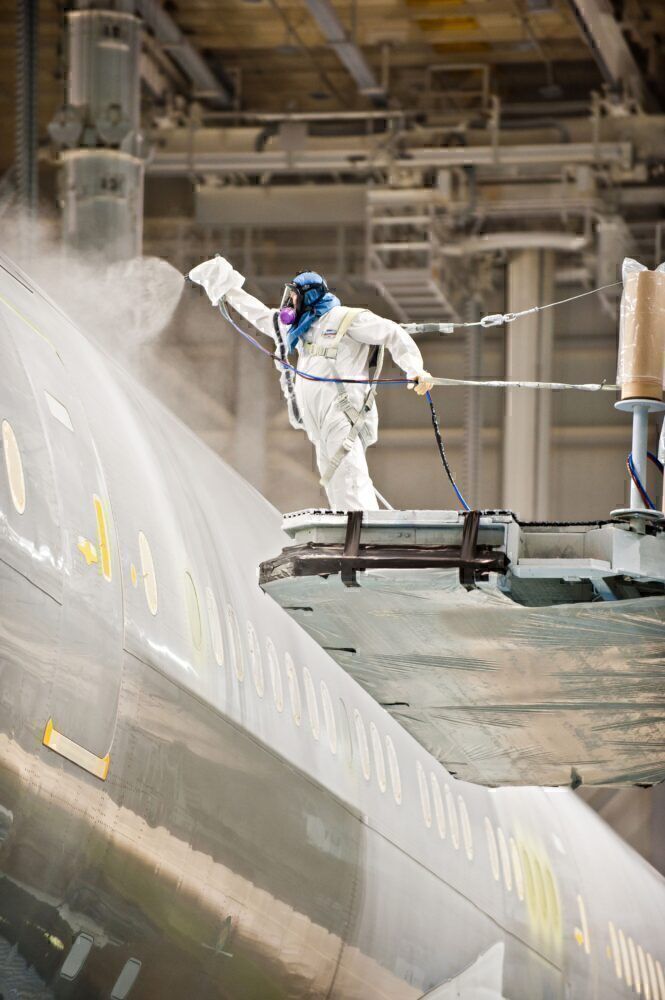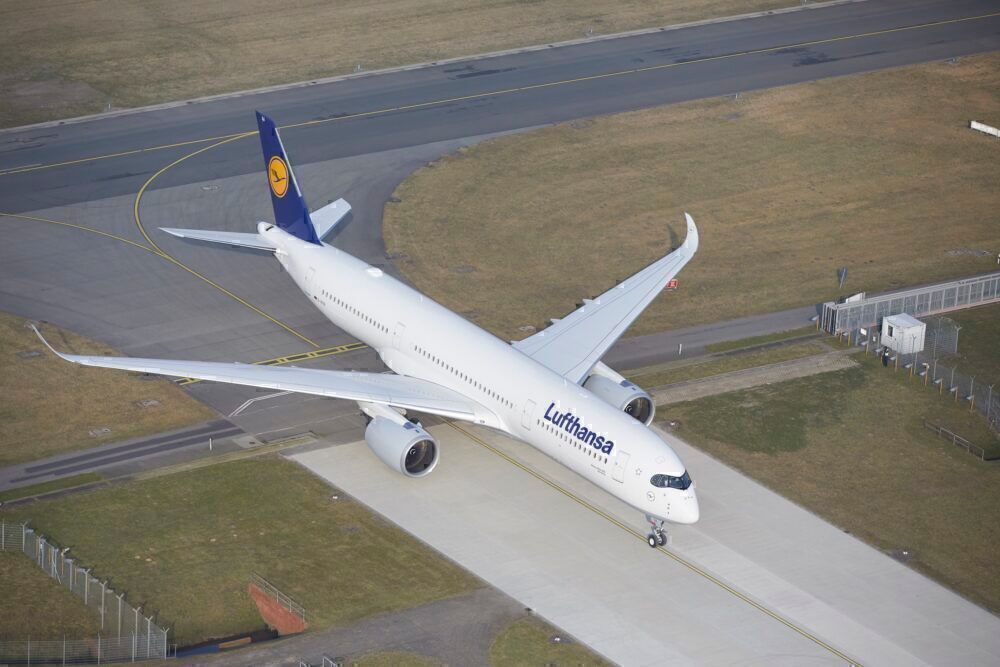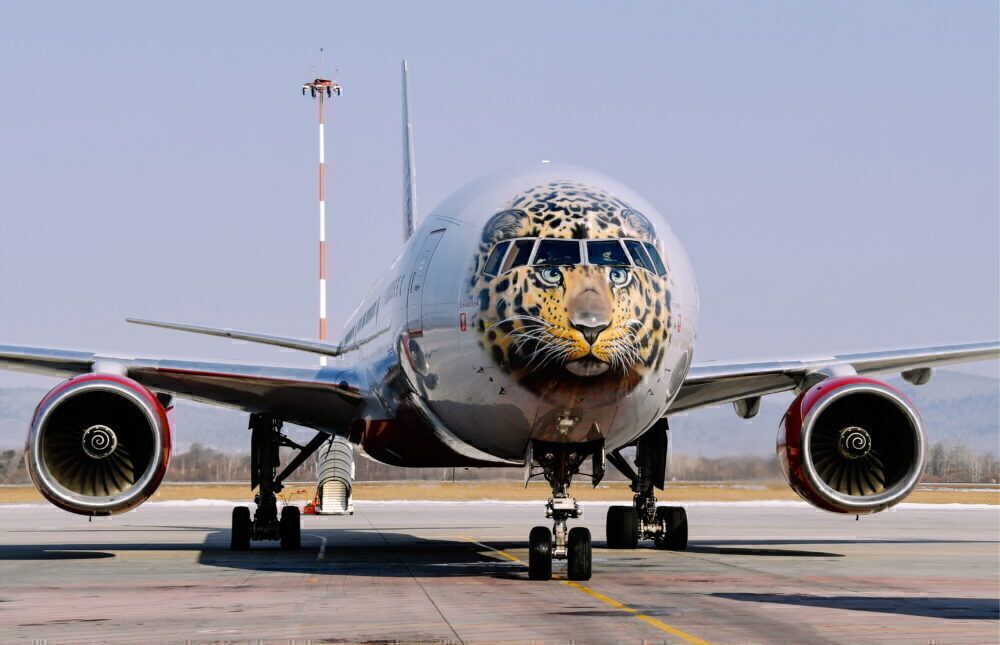Aircraft paint manufacturers have enjoyed an unlikely upturn in business over the course of the pandemic. Older jets have been changing hands at an increased rate as airlines try to manoeuver their way through the pandemic. As a result, aircraft paint manufacturers are finding themselves in demand.
Aviation recovery's unlikely winner
With the aviation industry slowly getting back on its feet, planes left to gather dust due to the pandemic are entering back into service. Airlines are now increasingly searching for new additions to their fleet, while Boeing and Airbus are stepping up deliveries of newly manufactured jets.
Additionally, there has been a flurry of airline start-ups looking to capitalize on the favorable openings created by the pandemic. Many of these start-ups are acquiring used aircraft from other carriers, which will then need a new livery.
All of these factors add up to a boom in business for the aircraft paint industry. Each time an aircraft finds a new home, it needs a fresh paint job in the livery of its new owner. The same applies to new jets fresh off the production line.
In an interview with Bloomberg, Thierry Vanlancker, CEO at Akzo Nobel NZ, revealed more. Akzo Nobel NZ, the world's largest aircraft paint supplier, managed to achieve sales during Q2 2021 similar to pre-pandemic levels.
Vanlancker said,
“This was a surprise to us. We thought this was only going to be in 2023.”
High leasing turnarounds
With so much turmoil in the industry, carriers have rapidly reorganized their operational fleets. This has meant a huge swathe of jets are suddenly unwanted by airlines and either sold or returned to lessors. The more jets change hands, the more demand for new liveries.
According to aviation consultancy IBA, 790 aircraft have been returned to lessors since January this year, while 609 new or used aircraft have found new customers.
This high turnaround has given aircraft paint manufacturers a higher-than-expected workload, with so many planes now requiring new paint jobs.
As the pandemic continues, IBA believes airlines will continue to get rid of unwanted jets and returned leased aircraft. Additionally, lessors will stop deferring delivery of newly-manufactured aircraft as their financial position improves.
Stay informed: Sign up for our daily and weekly aviation news digests.
A sharp rise in sales for Q2
Akzo Nobel NZ was not the only company to see a sharp rise in business over the last quarter. PPG Industries, a Fortune 500 company and paint supplier, also managed improved sales in the second quarter and expects business to remain that way as the aviation industry continues its recovery.
As we explored at Simple Flying, repainting an aircraft can be rather costly. While figures usually aren't publicly disclosed, it can cost $175,000 and upwards for widebody aircraft and as low as $50,000 for a narrowbody. However, each paint job is unique and will be priced differently according to size and complexity.
In some cases, aircraft paint suppliers have benefitted twice on some jets. According to Thierry Vanlancker, Akzo Nobel NV CEO, his company has been commissioned to first paint jets white before adding the color and livery of its operator. With plenty of new jets built without an operator waiting, white tail paint jobs are also increasing in demand.
What are the best and worst aircraft liveries in the world? Let us know what you think in the comments.




